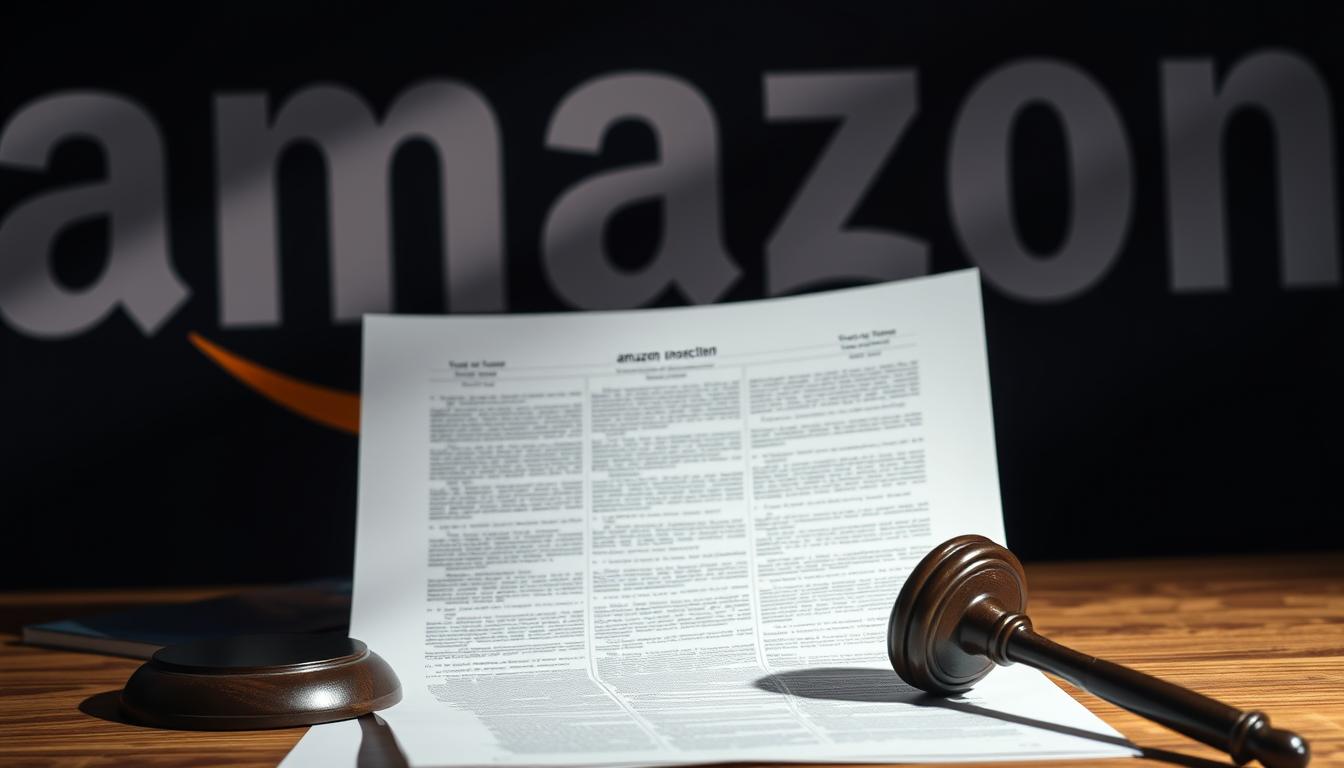The Amazon Refund Policy Lawsuit Explained

This introduction defines the scope and tells readers what this developing news means for customers and consumers today.
Two threads run through the story: a company review that triggered payments for older returns, and a separate regulatory settlement tied to Prime enrollment that includes capped payouts and a civil penalty.
The section outlines how the internal review described the scale of refunds being issued and how that intersects with a pending class action over alleged reversed refunds and recharges.
Readers get a short map of the article: what filings and agency notices show, what remains unclear, and practical steps customers can take when checking account history.
Key signals to watch include adjusted charges, refund notifications, and timing differences across categories of redress. This piece is a snapshot of a story that may evolve as timelines and eligibility are updated.
Latest developments on Amazon refunds and returns, present context
New disclosures show automated credits were posted after an internal check found payment gaps for certain returns.
What we know now:
- The company said an internal review found a “very small subset” of returns where a refund was recorded but the payment never completed, or where it could not verify the correct item was sent back.
- Some credits appeared in customer accounts long after the original return. One documented example was a nearly $1,800 credit tied to a TV returned in 2018.
- A Bloomberg report noted a one-time charge of about $1.1 billion in Q1, partly to address “historical customer returns,” signaling a financial step to resolve outstanding credits.
What remains unclear:
The exact number of affected customers, how orders break down by category, and the schedule for when each credit will post are still unknown.
The company says no action is required to receive owed money and that it has fixed the payment issue and updated the process to contact people more promptly about unresolved returns.
The amazon refund policy lawsuit: allegations, status, and court actions
Plaintiffs allege that credits were posted, later pulled back, and customers saw unexpected charges on their accounts.
Class-action claims assert that refunds issued after returns were later reversed and recharges hit bank accounts without clear explanation.
Key allegation: the complaint says refunds were restored only after complaints and that communications did not explain the initial recharges.
Procedural posture: a federal judge denied a motion to dismiss, so the case moves into discovery and further court review.
- The denial means fact-finding will begin, and attorneys for the plaintiffs can seek internal logs and communications.
- Expected milestones include scheduling orders, discovery disputes, and possible motions for class certification.
Company stance and policy language: defendants point to a return policy that allows recharges when an item isn’t returned, is missing parts, or is incorrect.
This dispute will test whether those notices and the execution of account credits met consumer expectations and legal standards.
Amazon’s internal review and retroactive refunds: scope, money, and process changes
A financial review revealed that some returns from prior years did not complete payment processing, prompting remediation.
One-time charge: The company’s CFO disclosed a roughly $1.1 billion, one-time charge in the first quarter tied in part to historical customer returns. That figure frames the money involved and signals the scale of remediation efforts.
Real-world example: One documented case showed a $1,798.81 credit for a television returned in 2018, illustrating how far back the review reached and why customers may see unexpected credits appear.
The process changes center on better verification of the returned item and improved outreach when a return can’t be confirmed. The firm says it fixed a payment processing issue and updated how it contacts customers to reduce confusion.
- The reported charge reflects anticipated refunds and related costs tied to past orders.
- Verification steps now seek to confirm the correct item and completeness before finalizing credits.
- Customers do not need to take action to receive an owed refund, but they should watch accounts and order messages for notices.
Separate but related: FTC Prime settlement and what consumers should know
Regulators reached a settlement that pairs monetary relief with enforceable changes to how Prime enrollments look and work. The agreement totals $2.5 billion, split into a $1 billion civil penalty and $1.5 billion set aside for refunds.
How payouts work:
- Eligibility covers enrollments from June 23, 2019 to June 23, 2025.
- First-wave payments are automatic within 90 days for a limited group that used a “challenged enrollment flow” and used no more than three Prime benefits in any 12-month period.
- A second, form-based wave follows for people who enrolled via a challenged flow or tried and failed to cancel, with a higher benefit-use cap and review period.
- Individual payments are capped at $51 per person.
Required changes and oversight:
The agreement demands clearer sign-up disclosures, a conspicuous decline option, and easy cancellation. An independent monitor will review the company’s compliance and report to the court.
Consumers should watch mail and account notices in the coming weeks. The press and court filings will outline timelines, dispute paths, and how credit or card reimbursements are delivered to affected customers.

Impact on U.S. consumers today: refunds, accounts, and return policy practices
Account statements and order histories can reveal retroactive adjustments; watching them avoids surprises. Consumers should log into their account and scan recent and past orders for any new credits or charges.
Practical steps:
- Keep contact details current so messages about settlements or internal reviews arrive promptly.
- Monitor email and in-account messages for notices about automatic payments or claim windows.
- Save tracking, photos, and return labels. These items help if a recharge occurs because a returned item was not verified.
- People with a credit card on file should check statements for unexpected credits or debits and document anything that looks incorrect.
Note: Some consumers will receive automatic corrections from the internal review. Others in the settlement program must complete a claims form and confirm benefit use to qualify.
Best practice: Trace unfamiliar refunds back to the related order, keep all proof of return, and contact support quickly if discrepancies remain. These steps improve the chance of a timely resolution for customers and the broader consumer community.
The road ahead: what to watch in court filings, policy updates, and consumer refunds
What to watch next: Expect new court filings, discovery motions, and scheduling orders that will shape the trajectory of the lawsuit and reveal more about disputed items and time periods. These entries will help clarify the case theory and the data courts rely on.
Settlement implementation is another key thread. Consumers should track how enrollment flows and cancellation screens change, and whether the company follows through on compliance reports and interface updates.
People may still see credits tied to returns from prior years as the internal review finishes. Consumers should check credit card and account statements, keep return records, and be ready to document any questionable charge or credit.
Follow press releases, court dockets, and attorney filings for the clearest updates. Staying alert to official news will help consumers respond promptly if further action or claims are needed.



